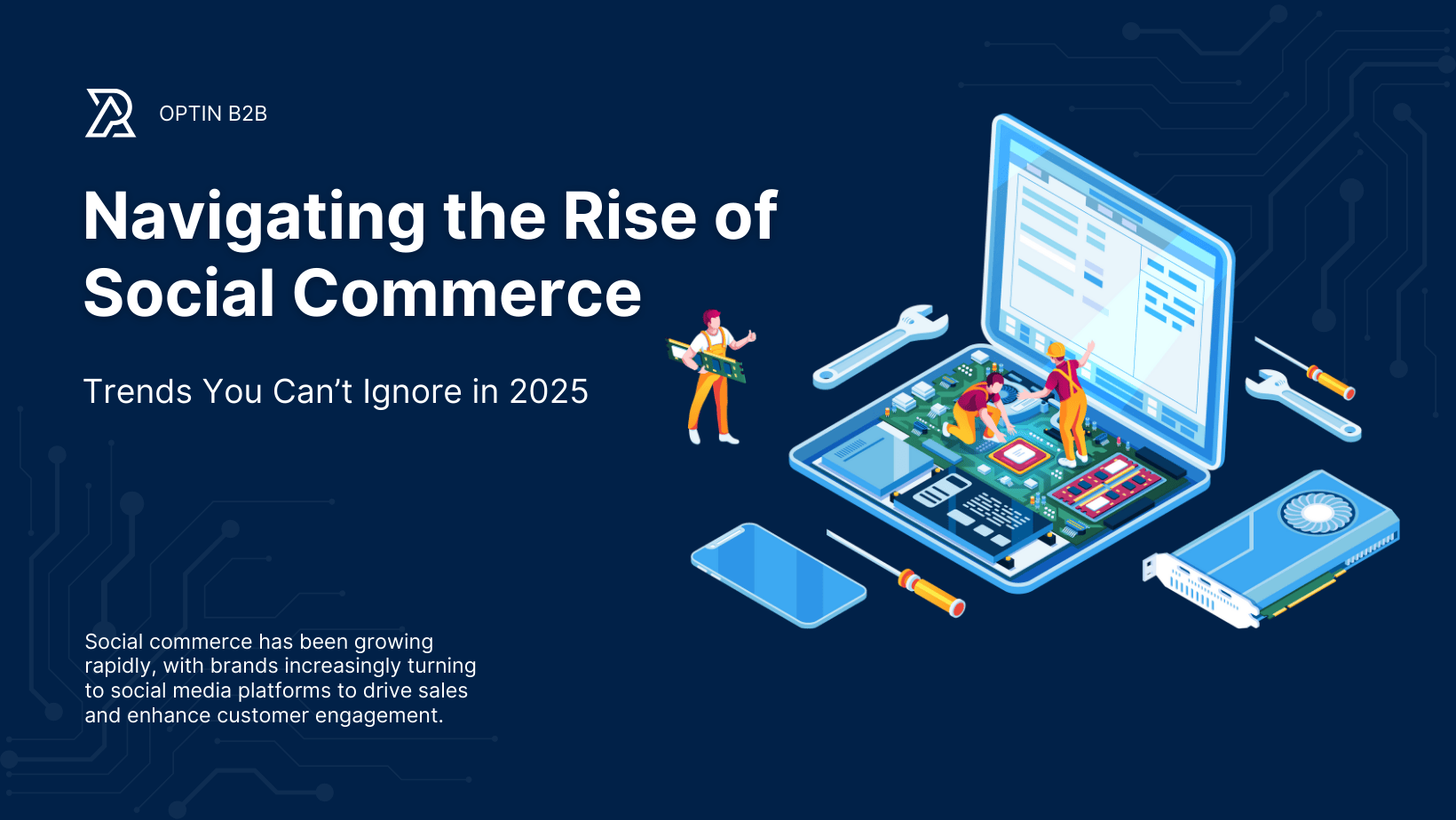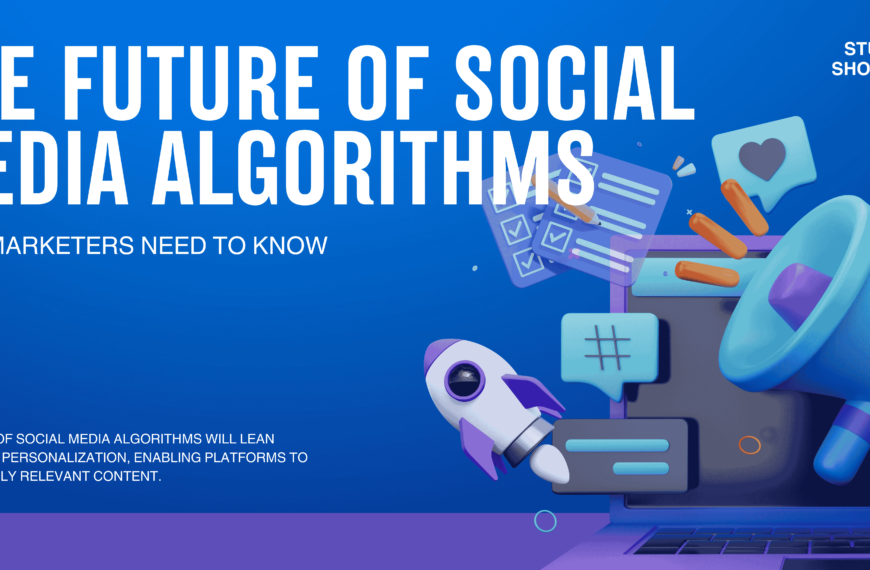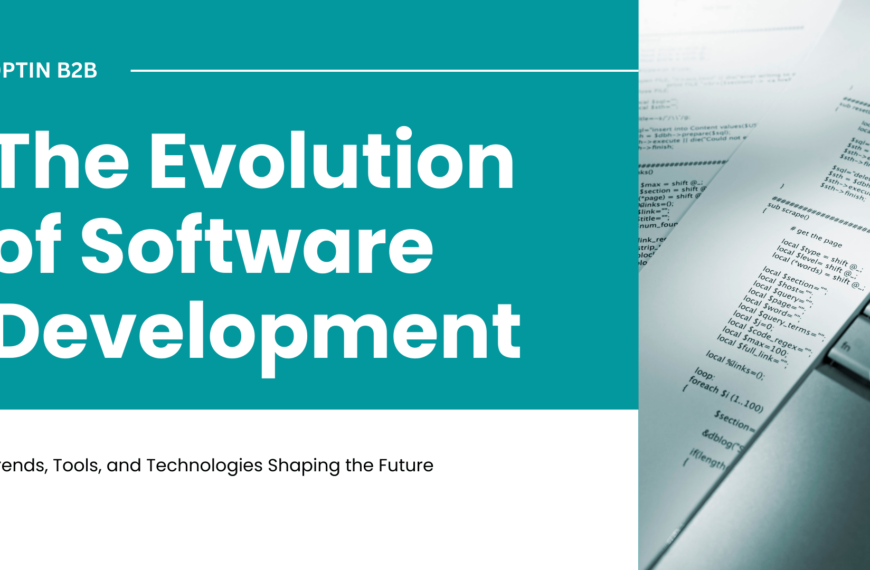Social commerce has been growing rapidly, with brands increasingly turning to social media platforms to drive sales and enhance customer engagement. As we approach 2025, the convergence of e-commerce and social media is only set to intensify. With platforms like Instagram, TikTok, and Facebook integrating shopping experiences directly into their ecosystems, businesses must stay ahead of these trends to maximize their digital marketing and sales strategies.
The Integration of Shopping Features
The first trend to note is the seamless integration of shopping features within social platforms. Consumers no longer need to leave their favorite apps to make a purchase. Instagram’s shop feature, TikTok’s in-app product links, and Facebook’s Marketplace are just a few examples of how social commerce is changing the retail landscape. By 2025, more platforms are expected to roll out similar features, making it easier than ever for users to shop directly from their social feeds.
Live Streaming & Real-Time Shopping
Live streaming has become a key element in the social commerce ecosystem. Consumers want to interact with brands in real time, ask questions, and make purchases on the spot. Brands like L’Oréal and Nike have already embraced live-streaming e-commerce, hosting product launches and exclusive events on platforms like Instagram Live and TikTok. This trend is expected to grow in 2025, with businesses using real-time interaction as a way to build more personalized shopping experiences and foster deeper connections with their audiences.
Social Influencers and Authentic Content
The role of influencers continues to evolve, and by 2025, they will play an even more integral role in social commerce strategies. However, it’s not just about partnering with any influencer—it’s about aligning with those who resonate with your audience in an authentic way. Consumers are increasingly looking for transparency and genuine connections. The demand for influencers who share personal, relatable stories will only rise, making influencer-driven commerce more powerful than ever. Influencer collaborations are likely to become even more integrated into the shopping process, where influencers share discount codes or host giveaways directly within live shopping events.
User-Generated Content as a Sales Driver
User-generated content (UGC) will remain a cornerstone of social commerce. Consumers trust peer recommendations more than brand messaging, and UGC allows businesses to tap into this behavior. Social proof, through customer reviews, photos, or testimonials, will be a major factor driving sales. As brands leverage UGC in creative ways, such as featuring customer content on product pages or social media posts, it not only boosts brand trust but also creates a sense of community.
Social Commerce Beyond the Big Platforms
While Instagram, TikTok, and Facebook dominate the social commerce space, platforms like Pinterest, Snapchat, and even YouTube are carving out niches of their own. Pinterest, for example, has been building its social shopping experience with features like product Pins and personalized recommendations. By 2025, expect to see smaller and niche platforms integrate more robust shopping capabilities, expanding the opportunities for brands to connect with consumers in unique ways.
As we head into 2025, the power of social commerce will continue to grow, and businesses must adapt quickly to these trends. The integration of shopping features, the rise of live-streaming commerce, and the increasing influence of social media personalities are all reshaping how brands interact with their customers. By focusing on authentic engagement and seamless shopping experiences, companies can position themselves to capitalize on the vast opportunities that social commerce offers.
















